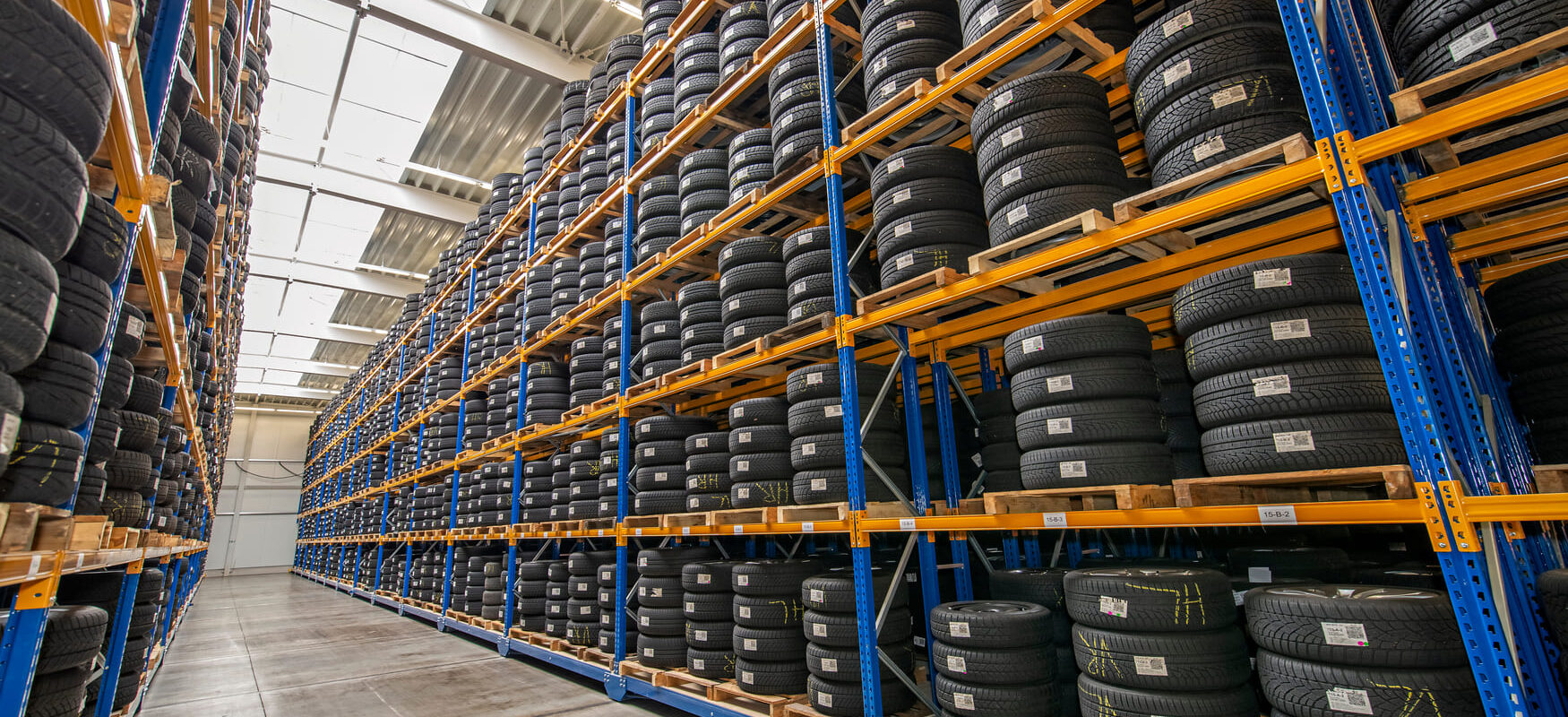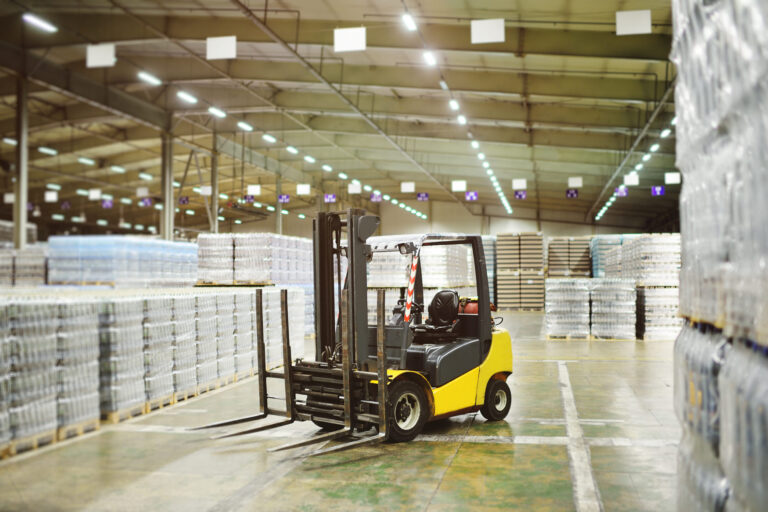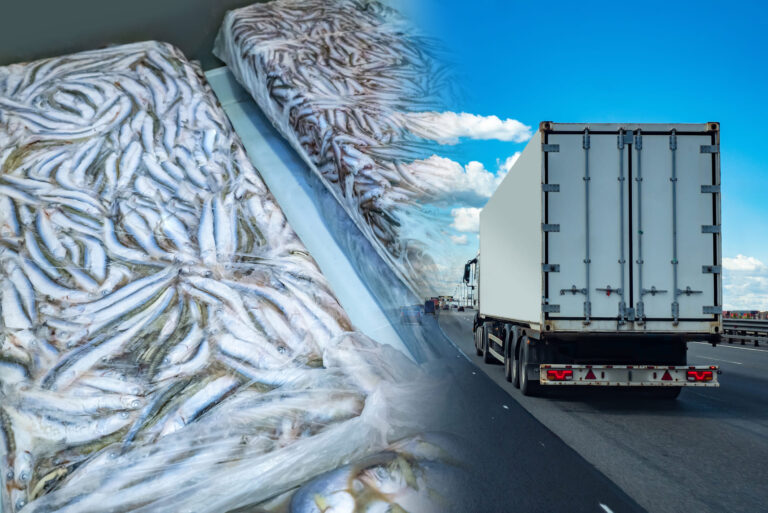Public Tire Warehouses and Essentials for Tire Storage

Tire storage is a specialized segment of warehousing that requires careful planning and execution to ensure safety, efficiency, and long-term preservation of the products. There are many public tire warehouses in the USA. Whether you’re a tire manufacturer, distributor, or retailer, understanding the unique requirements of tire storage can help optimize your supply chain and enhance your business operations. Here’s an overview of what makes tire warehousing distinct and how to manage it effectively.
Why Specialized Tire Warehousing Matters
Unlike standard goods, tires require unique storage solutions due to their shape, material composition, and susceptibility to environmental factors. Poor storage conditions can lead to:
- Deformation: Tires can lose their shape if stored improperly for long periods.
- Material degradation: Exposure to sunlight, extreme temperatures, or high humidity can deteriorate rubber quality.
- Safety risks: Stacking tires incorrectly can pose hazards for workers and damage inventory.
Key Factors in Tire Storage
- Temperature and Humidity Control Tires should be stored in a cool, dry environment. Ideal conditions include temperatures between 10°C and 25°C (50°F to 77°F) and humidity levels below 60%. Extreme conditions can cause cracks, brittleness, or loss of elasticity in the rubber.
- UV Protection Exposure to direct sunlight or fluorescent lighting with high UV output can degrade tire materials over time. Warehouses should use low-UV lighting and ensure all storage areas are shielded from sunlight.
- Vertical vs. Horizontal Storage
- Vertical storage is ideal for short-term needs, keeping tires upright to avoid deformation.
- Horizontal stacking is suitable for long-term storage, but care must be taken to limit the height of stacks to avoid pressure damage.
- Organization and Accessibility Efficient inventory management is crucial for tire warehouses. Using rack systems designed for tires or double-wide pallets can maximize space and improve accessibility. Labeling systems and digital inventory tools can help track stock easily.
- Fire Safety Rubber is highly flammable, making fire safety a top priority. Warehouses should adhere to fire codes, install sprinkler systems, and establish protocols for handling flammable materials.
- Pest and Contaminant Prevention Tires can attract pests and accumulate dirt or oil if not stored properly. Regular cleaning and pest control measures should be part of warehouse maintenance.
Advanced Solutions for Tire Warehousing
- Automated Storage and Retrieval Systems (ASRS) Advanced ASRS can handle large volumes of tires, reduce labor costs, and ensure efficient use of vertical space.
- Climate-Controlled Warehousing For high-end or specialty tires, climate-controlled facilities can provide optimal conditions to maintain product integrity.
- Data-Driven Inventory Management Leveraging software solutions to track inventory in real time can minimize errors, streamline operations, and enhance customer satisfaction.
Sustainability in Tire Storage
As the focus on sustainability grows, tire warehouses can adopt eco-friendly practices such as:
- Installing energy-efficient lighting and HVAC systems.
- Recycling old or damaged tires responsibly.
- Reducing waste through optimized storage solutions.
Which states in the USA have most warehouses
Based on the information by Rentech, following states have the most tire warehouses:
- New Hampshire: 19
- Maine: 18
- Massachusetts: 9
- Vermont: 7
- Rhode island: 2
Why OLIMP
OLIMP is dedicated to match you with the best warehouses quickly and easily. If you are looking for “Public tire warehouse near me” or “Public tire warehouse locations” we are here to guide you and you can rely on our expertise in finding you the best tire warehouse.
Conclusion
Tire warehousing is more than just finding a place to store products. It involves understanding the unique needs of tires and implementing specialized solutions to maintain their quality and safety. By investing in proper infrastructure, advanced technology, and sustainable practices, businesses can ensure efficient operations and long-lasting success in the tire industry.
You may be interested in

Common Challenges in Food Warehousing and How to Solve Them
Operating a warehouse that stores food comes with unique responsibilities that go far beyond basic storage. From maintaining strict food grade warehouse requirements to navigating high-demand seasons and managing recalls, the challenges are real—and the stakes are high. Whether you’re running a food manufacturing warehouse or offering food warehouse services, knowing how to address these […]

Top 5 Challenges in Finding a Warehouse & How to Overcome Them
Finding the right warehouse can be stressful and time-consuming, especially with logistics, availability, and cost challenges. Many businesses struggle to find storage and distribution solutions on their own. Here are five common problems and how to solve them. 1. Limited Availability & Location Constraints Businesses often struggle to find warehouse space in strategic locations that […]

Refrigerated Transportation: Keeping Your Goods Fresh and Safe
In today’s fast-paced world, the demand for perishable goods is higher than ever. From fresh produce and dairy to frozen foods, maintaining the right temperature during transportation is crucial to ensure product quality. This is where refrigerated trucking, or reefer shipping, comes into play. Let’s explore how these logistics solutions help businesses meet the growing […]